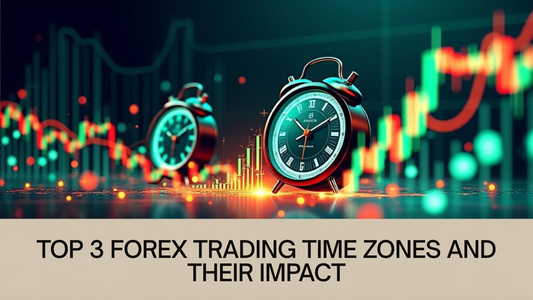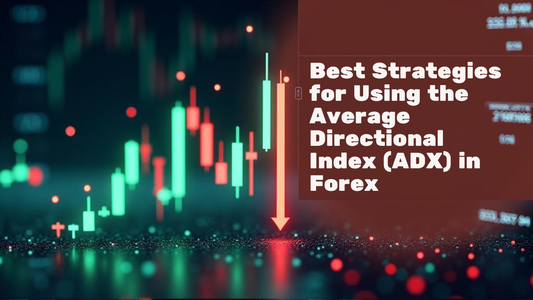
Best Forex Indicators for Predicting Market Volatility
Share
When it comes to navigating the unpredictable waters of the forex market, having the right tools at your disposal can make all the difference. Market volatility can be a double-edged sword, offering both opportunities and risks for traders. To help you stay ahead of the game, here are some of the best forex indicators for predicting market volatility.
What is Market Volatility?
Before diving into the indicators, it's essential to understand what market volatility is. Market volatility refers to the degree of variation in trading prices over time. High volatility indicates larger price fluctuations, while low volatility suggests more stable price movements. Traders often use volatility as a measure of risk and opportunity in the market.
1. Average True Range (ATR)
The Average True Range (ATR) is a popular indicator used to measure market volatility. It calculates the average range between the high and low prices over a specific period, providing insights into the level of price volatility. Traders can use the ATR to set stop-loss levels and determine the potential for price movements.
2. Bollinger Bands
Bollinger Bands are another valuable tool for predicting market volatility. These bands consist of a simple moving average and two standard deviations plotted above and below the average. When the bands contract, it indicates low volatility, while widening bands suggest increased volatility. Traders often use Bollinger Bands to identify potential breakouts and reversals.
3. Relative Strength Index (RSI)
The Relative Strength Index (RSI) is a momentum oscillator that measures the speed and change of price movements. While not a direct measure of volatility, the RSI can help traders identify overbought or oversold conditions in the market. Extreme RSI readings may indicate potential reversals or increased volatility.
4. Moving Average Convergence Divergence (MACD)
The Moving Average Convergence Divergence (MACD) is a trend-following momentum indicator that can also be used to gauge market volatility. Traders look for divergences between the MACD line and the signal line, which may signal potential changes in volatility. The MACD histogram can provide additional insights into market momentum and volatility.
5. Volatility Index (VIX)
While not a forex-specific indicator, the Volatility Index (VIX) can offer valuable insights into market volatility. The VIX measures the market's expectation of future volatility based on options pricing. A rising VIX often indicates increased market uncertainty and potential for higher volatility.
By incorporating these top forex indicators into your trading strategy, you can better predict market volatility and make informed decisions. Remember, no indicator is foolproof, and it's essential to use a combination of tools and analysis techniques for successful trading in the forex market.



